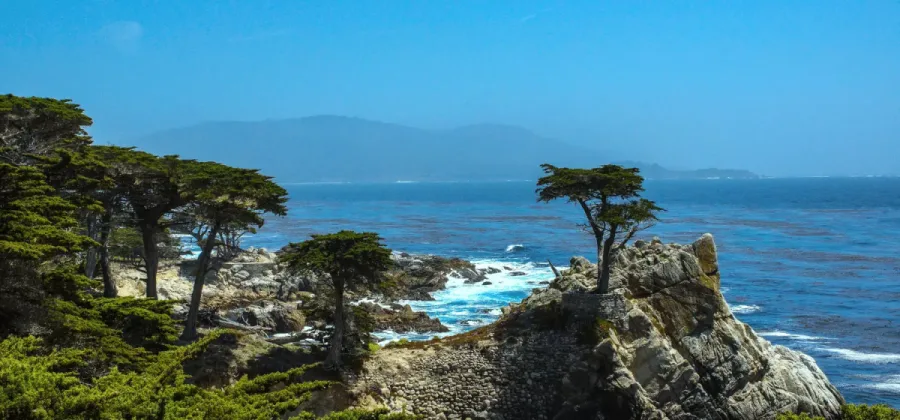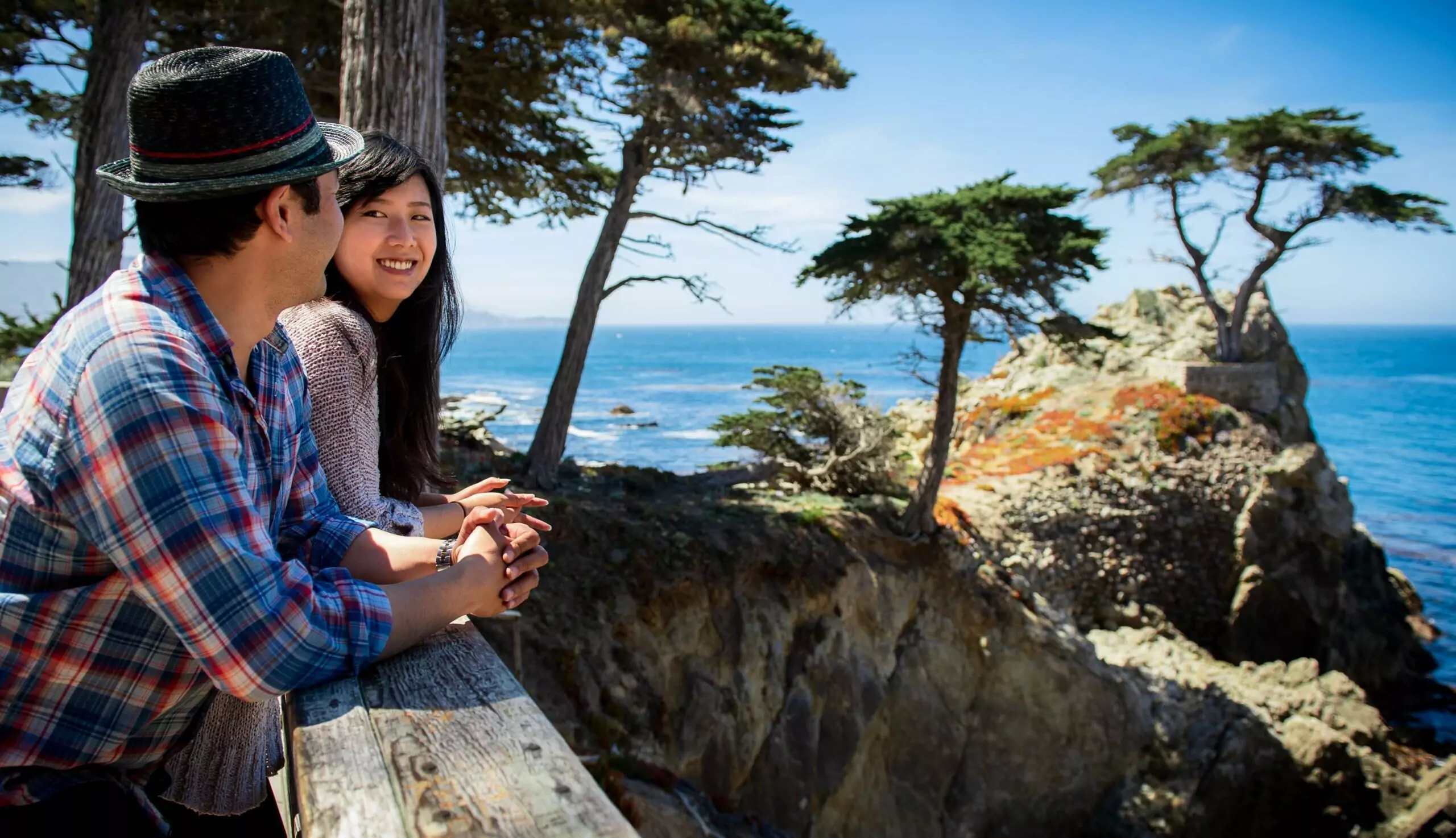Monterey

The city of Monterey is located along Monterey Bay on the Pacific coast in Central California. The city was founded in 1770 by Father Junipero Serra and Gaspar de Portola. Monterey served as the capitol of California from 1777 to 1849 under the flags of Spain and Mexico. Before the establishment of the city of Monterey the original inhabitants of the region, the Rumsen Ohlone a Native American tribe thrived in the biologically-rich area by hunting, fishing and gathering. When the founding and establishment of the city by Spain and Mexico took place, the Ohlone people were forced to leave the area.

Morning Guided San Francisco Sightseeing Tour
Most complete and entertaining San Francisco city tour available. Stops to explore Golden Gate Bridge, Palace of Fine Arts, Land’s End, and Twin Peaks.

Monterey and Carmel One Day Tour from San Francisco
This day tour hugs the scenic Pacific Coast, then offers free time to explore the Monterey’s Cannery Row and Old Fisherman’s Wharf. Relax along the 17-mile Drive to Pebble Beach and charming Carmel.
Monterey was originally the only port of entry for taxable goods in the state of California and all shipments were required to go through the Custom House. The Custom House is the oldest building in California and the state’s first declared Historic Landmark. The Custom House was built in three phases with the first beginning in 1814 by the Spanish, the second beginning in 1827 under Mexican rule and the final phase of construction completed by the United States in 1846. The Custom House is also the site of the famous U.S. flag raising by John Sloat, Commodore in the United States Navy, claiming California for the United States during the Mexican-American War.
In addition to the state’s first Historic Landmark, Monterey’s history is rich with many other California firsts such as the first theater, brick house, publicly funded school, public building, public library, and printing press, which printed The Californian, the first newspaper. Monterey’s rich biology also create an abundant population of fishermen who helped to created a thriving economy during the city’s first century. Unfortunately in the 1950’s, due to over fishing, the industry collapsed. The city’s fishing district, Cannery Row, was abandoned and the region’s economy plummeted.
Along with a rich history and biologically diverse coastal region, the city’s notable features also include a large population of famous artistic and literary residents. The plein air painting style was popular with artists residing in Monterey during the late 19th and early 20th centuries. Artists such as Arthur Frank Mathews, Armin Hansen, Xavier Martinez, Rowena Meeks Andy and Percy Gray sought out the coastal landscape of this area which provided the perfect landscape for plein air painting. The region also was host to a few famous literary residents such as John Steinbeck, Robinson Jeffers, Robert A. Heinlein, Henry Miller, Ed Ricketts, and Robert Louis Stevenson.
Today, Monterey is most notable for its sightseeing attractions which draw thousands of visitors each year. The Monterey Bay Aquarium is the largest aquarium in Northern California, and Cannery Row is the main tourist shopping district in the city, home to several original fishermen’s cabins dating to the early twentieth century. The natural habitat of the Monterey region provides scientists access to Monterey Canyon, the deepest and largest underground canyon off the Pacific coast of Northern California. The abundant and diverse sea life make Monterey an ideal place to scuba dive, kayak, hike and snorkel and many tourists travel to the region just for this experience.